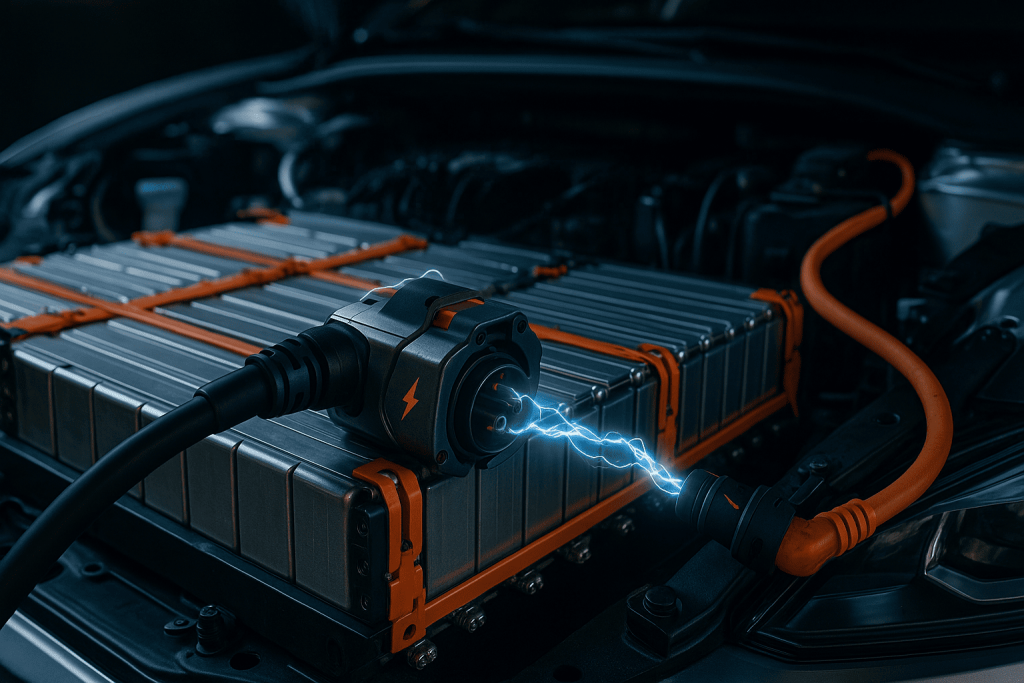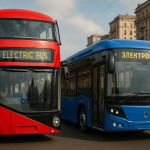In an era where speed defines convenience, ultra-fast battery charging—often marketed as “lightning charging”—has become a breakthrough in both consumer electronics and electric vehicle technology. From smartphones topping up in under 30 minutes to EVs reaching 80 percent capacity in less time than it takes to finish a coffee, ultra-fast charging is reshaping expectations. Behind this speed lies a complex blend of chemistry, engineering, and thermal management. This article explores the science that enables lightning charging and the challenges that remain.
What Is Lightning Charging?
Lightning charging refers to technologies that let batteries accept extremely high power—typically above 50 watts for mobile devices and into the hundreds of kilowatts for electric vehicles. Achieving this requires optimizing both the battery cell design and the entire power-delivery chain, including cables, charge controllers, and cooling systems.
The Core Chemistry: Lithium-Ion Evolution
Most lightning-charging systems still rely on lithium-ion chemistry, but with specialized enhancements. Silicon-rich anodes, advanced cathode coatings, and novel electrolytes lower internal resistance and allow faster ion transport. Chemistries such as lithium-titanate (LTO) or modified lithium-iron-phosphate (LFP) can charge rapidly with excellent cycle life, though they trade off some energy density—making them ideal for buses, fleet vehicles, or fast-charging power tools.
Power Delivery: Beyond the Battery
Charging speed also depends on the power source and protocol. Mobile standards like USB Power Delivery and proprietary 120 W phone chargers negotiate voltage and current in real time, while EV systems such as CCS, CHAdeMO, and Tesla Supercharger V3 deliver up to 350 kW. Integrated battery-management systems monitor temperature, voltage, and impedance every millisecond to keep the charge both fast and safe.
Thermal Management: The Silent Backbone
High currents generate heat. Without robust cooling, temperature spikes can degrade cells or trigger safety cut-offs that slow charging. Smartphones rely on graphite thermal layers and vapor chambers; EV packs employ liquid coolant loops and even refrigerant-based chillers in the latest 800-V architectures.
AI-Driven Optimization
Machine-learning algorithms now predict user behavior and battery state to shape optimal charge curves. Phones may hold at 80 percent overnight, finishing just before the alarm, while EV route-planning apps pre-condition the battery to its ideal temperature minutes before plugging in, slashing total charge time.
Solid-State Batteries: Next-Generation Potential
Solid-state cells replace flammable liquid electrolytes with solid ceramics or polymers, enabling higher voltages and faster ion flow. Early prototypes already promise sub-10-minute full charges with superior safety, though large-scale manufacturing hurdles remain.
Challenges and Trade-Offs
Ultra-fast charging can accelerate aging if users constantly push maximum rates. Grid capacity, charger cost, and rural coverage also pose obstacles. Educating consumers to balance speed with longevity—e.g., reserving high-power sessions for travel days—helps extend battery life.
Conclusion
Lightning charging merges cutting-edge materials science, precision power electronics, and smart software to deliver astonishing charge speeds. As chemistries mature and infrastructure expands, topping up in minutes will become routine. Until then, understanding the science and trade-offs behind ultra-fast charging lets us harness its benefits responsibly, powering the devices and vehicles that keep our modern world moving.



yo light ning charging is wild 👍👍 charge n go so fast!
aint that gonna wreck the batteries?